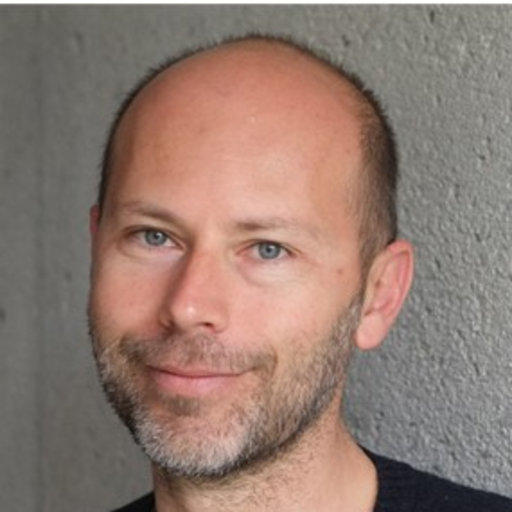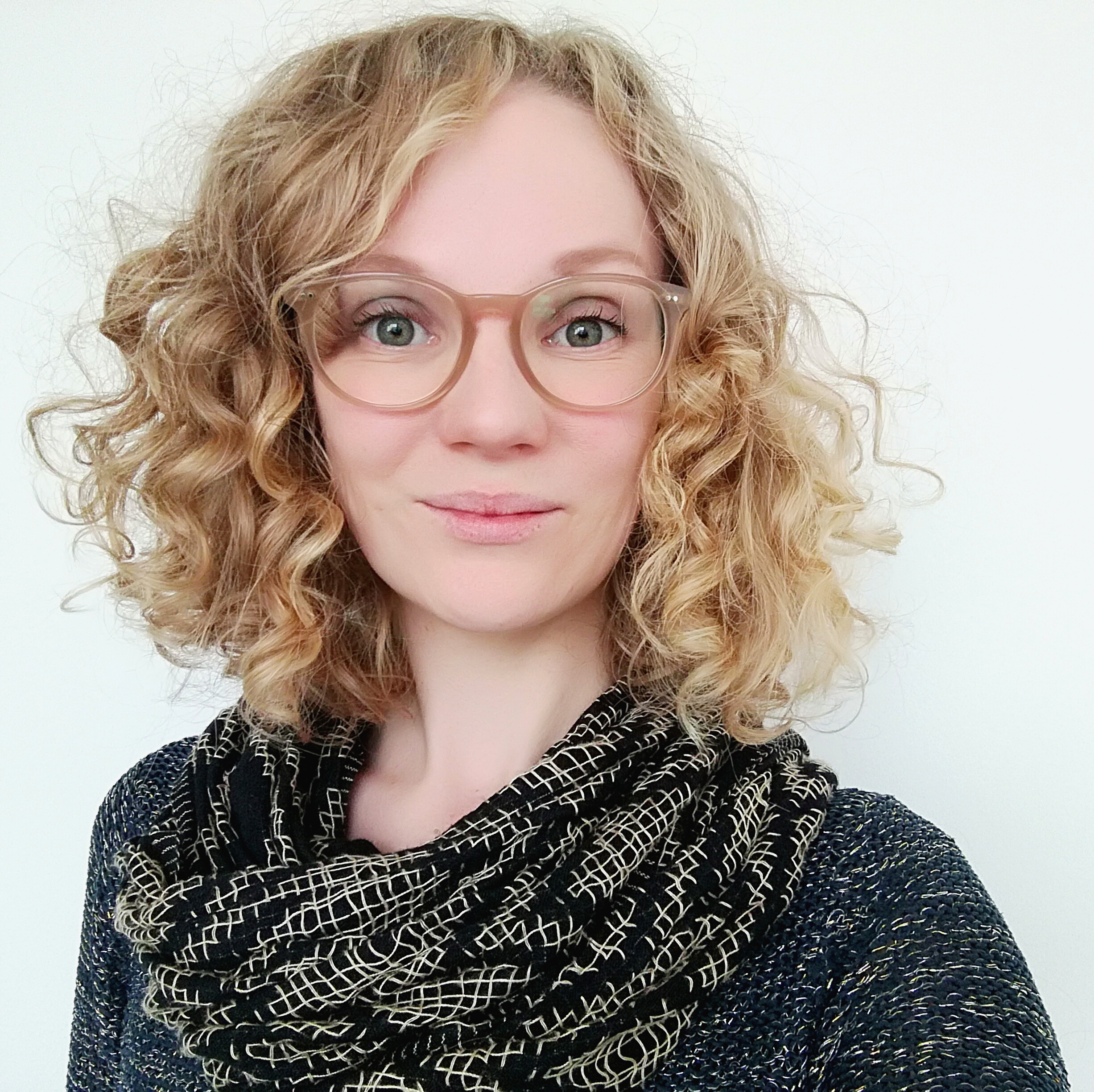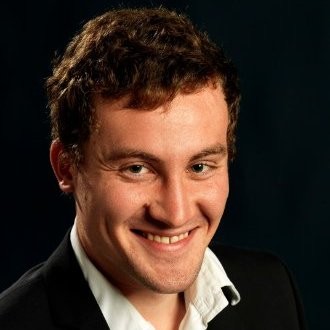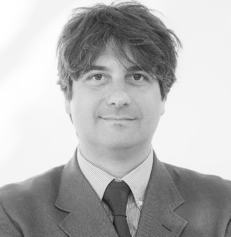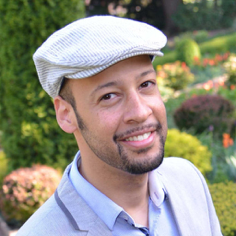
Tutors
|
|
|
In 1995, Dr. Nicolas Cavassilas graduated in fundamental Physics from the University of Orsay, where he completed his PhD in 2000 on the use of III-V semiconductors for field-effect transistors (2000). He then joined the University of Aix-Marseille, first as a postdoc then as an Assistant Professor in 2016. He now leads the Nanodevice Quantum Simulation group of the IM2NP laboratory. His research is dedicated to the quantum description of nanodevices. |
Bernard Geffroy
|
|
Dr. Bernard Geffroy graduated from CNAM (Engineer in physical chemistry), Paris 1987. He is a research engineer at CEA Saclay in Nanosciences et Innovation pour les Matériaux, la Biomédecine et l'Énergie (NIMBE) UMR 3685. Since 2012, he is leader of the common team ORGA-SACLAY with LPICM from Ecole Polytechnique dedicated to Organic Electronics. His current research interests are OLEDs, OPVs and organic/inorganic hybrid devices (SiNWs, ZnO nanostructures, halide perovskite). He is the author or co-author of more than 120 publications in international scientific journals, 1-chapter book and 5 patents. He is co-editor of The European Physical Journal Applied Physics (EPJAP). |
Ronan Lebullenger
|
|
In progress... |
Linn Leppert
|
|
After completing a PhD in physics at the University of Bayreuth, Germany, in 2013, Dr. Linn Leppert moved to the beautiful shores of Berkeley for a two-year postdoc at Lawrence Berkeley National Lab and the University of California, Berkeley. In 2017 she returned to her alma mater, now leading an independent junior research group in the Department of Physics. Linn has received funding from the Alexander-von-Humboldt foundation, the German research foundation, and the Elite Network of Bavaria, and awards for her dissertation and postdoctoral research. Her research interests and main expertise are the development and application of accurate methods for calculating the electronic structure and dynamics of light-converting systems: from halide perovskites for photovoltaic applications to the chlorophyll molecules at the heart of charge excitation and transfer in photosynthesis. |
Yen-Hung Lin
|
|
Dr Yen-Hung Lin is currently a Postdoctoral Researcher in Prof. Henry Snaith's group in Oxford Physics. After obtaining his BSc and MSc from National Taiwan University, he worked for AU Optronics Corp. (Taiwan) as a senior mobile display engineer. In 2010, he moved to the UK and completed his MSc (2011) and PhD (2015) at Imperial College London with Prof. Thomas Anthopoulos. His research interest lies in the field of large-area energy, electronics and optoelectronics. Currently his research focuses on developing efficient and durable perovskite-on-Si tandem solar cells as well as perovskite optoelectronic neuromorphics. He has authored and coauthored more than 45 peer-reviewed journal articles. |
Matthieu Manceau
|
|
Dr. Matthieu Manceau graduated in polymer chemistry from Clermont-Ferrand National School of Chemistry (2006). He then completed a PhD on the photochemical stability & degradation of Organic Solar Cells at Blaise Pascal University (Clermont-Ferrand) in collaboration with the Organic Photovoltaic group at CEA (2009). After a one year postdoctoral stay at Risoe DTU (Denmark) under the supervision of Professor Frederik C. Krebs, he joined the Organic Photovoltaic group at CEA in 2011 as a postdoctoral researcher and since 2012 as a research scientist. Initially working on the processing of large area organic PV modules via inkjet printing, he’s been working on perovskite-based devices since 2014. |
Robin Nicholas
|
|
In progress... |
Charles Paillard
|
|
Charles Paillard obtained his Ph. D. from École Centrale de Paris/Université Paris-Saclay in 2016 on photo-induced effects in multiferroic materials. He then worked as a Post-doctoral Research Assistant in the group of Pr. Laurent Bellaiche at the University of Arkansas until 2019, on photo-induced deformations, phase transitions and electro-optic properties of ferroelectric materials. He joined back SPMS lab in CentraleSupélec/Université Paris-Saclay in 2019 as an Associate Professor of Physics, where he now works on the interplay of defects and ferroelectrics as well as photo-induced deformations in perovskite oxides. |
Gabriele Raino
|
|
Dr. G. Rainò received his PhD degree in Innovative Materials and Technologies from the University of Salento in 2008. In 2008 he joined IBM Research - Zurich as a postdoc, working on organic-inorganic nanomaterials for integrated photonics. In 2011, he became a junior researcher at IBM Research - Zurich and started the exploration of colloidal nanomaterials as non-classical light sources. Since spring 2017, he had joined ETH – Zurich (KovalenkoLab) continuing the exploration of colloidal nanomaterials for optoelectronics and quantum applications. Recently, he took on a new challenge as Head of QuanTech Workshops in a newly launched Quantum Engineering master program at ETH-Zurich (Electrical Engineering Department). He (co)-authored more than 45 publications in peer reviewed journals and 3 patents. |
Philip Schulz
|
Philip Schulz holds the position of Research Director at the Centre National de la Recherche Scientifique (CNRS) and pursues his research activities at the Institut Photovoltaïque d’Île-de-France (IPVF) located on the Paris Saclay research campus. At IPVF, he leads the Interfaces and Hybrid Materials group installed through a Young Investigator award in the “Make Our Planet Great Again” initiative of President Emmanuel Macron of the French Republic. |
Constantinos Stoumpos
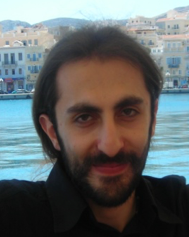 |
Costas Stoumpos was born in Athens, Greece in 1983. In 2001 he attended the Chemistry Department at the University of Patras where he obtained both his B.S. (2006) and Ph. D. (2009) degrees, the latter under the supervision of Spyros P. Perlepes working on the coordination chemistry of 3d-metals targeting the discovery of new Single-Molecule Magnets (SMMs) and Molecular Nanomagnets (MNMs). In February 2010 he joined the group of Mercouri G. Kanatzidis at the Department of Chemistry of Northwestern University, IL, USA as a postdoctoral fellow working on the synthesis of p-block halide perovskites for near-IR optical applications. On January 2012 he moved to the Materials Science Division (MSD) of Argonne National Laboratory (ANL), IL, USA, where he worked on the single-crystal growth of dense, wide-bandgap halide and chalcohalide compounds for high energy radiation detection. In 2014 he returned to Northwestern University working on the development of halide perovskites for energy related applications. Following a short coterminous appointment as Lecturer in 2017 he was promoted to the Research Assistant Professor at Northwestern University in 2017. In 2018 he was appointed at the Department of Materials Science and Technology of the University of Crete as an Associate Professor. |
George (Yorgos) Volonakis
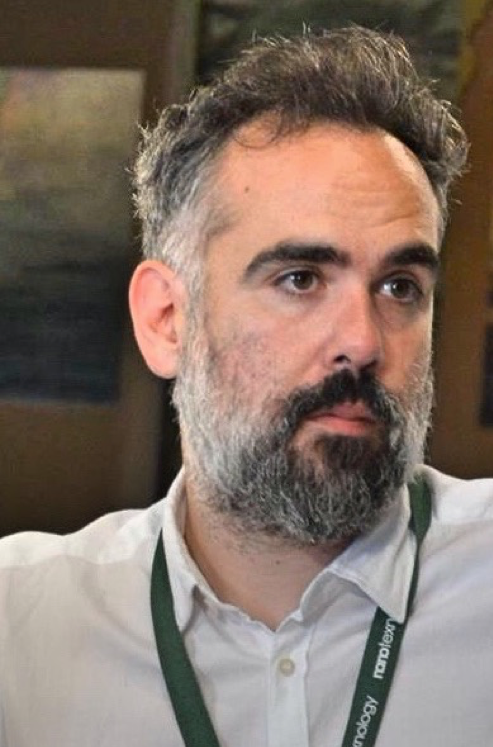 |
Dr. G. Volonakis completed his PhD in physics at the Aristotle University of Thessaloniki in 2014, working on the structural and electronic properties of prototype organic semiconductors for photovoltaic applications. He then joined the materials modelling and design group at the University of Oxford as a post-doctoral researcher working with Prof. F. Giustino. His main research activities involved the computational design from first-principles of novel double perovskites, and the study of the interfaces between two-dimensional materials with perovskite solar cells for achieving optimized charge extraction in solar-cells. Since January 2020, he moved to France where he holds the “Chaire de Recherche” at the Institut des Sciences Chimiques de Rennes, at Université de Rennes 1. |
| Online user: 13 | Privacy |

|
